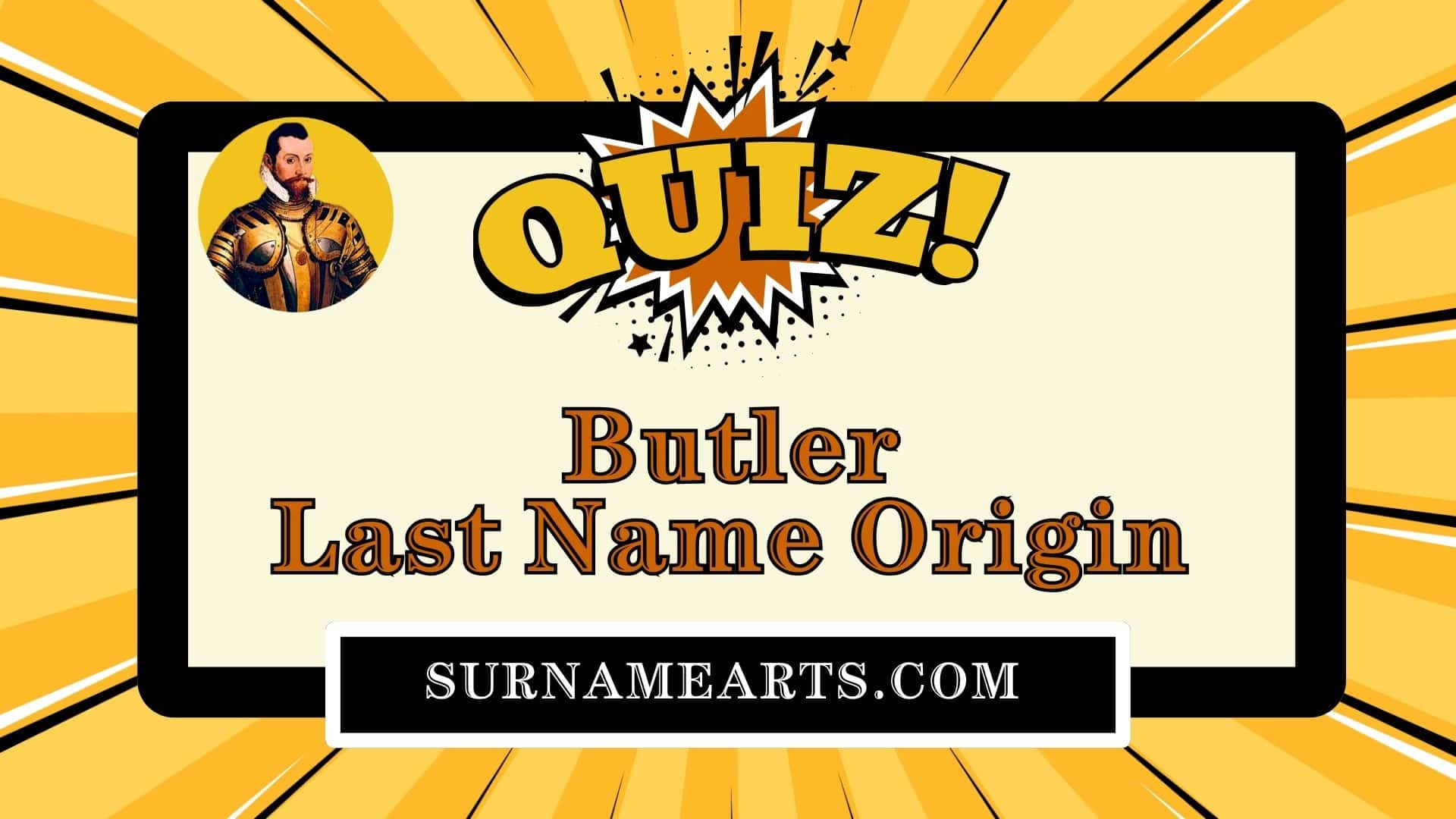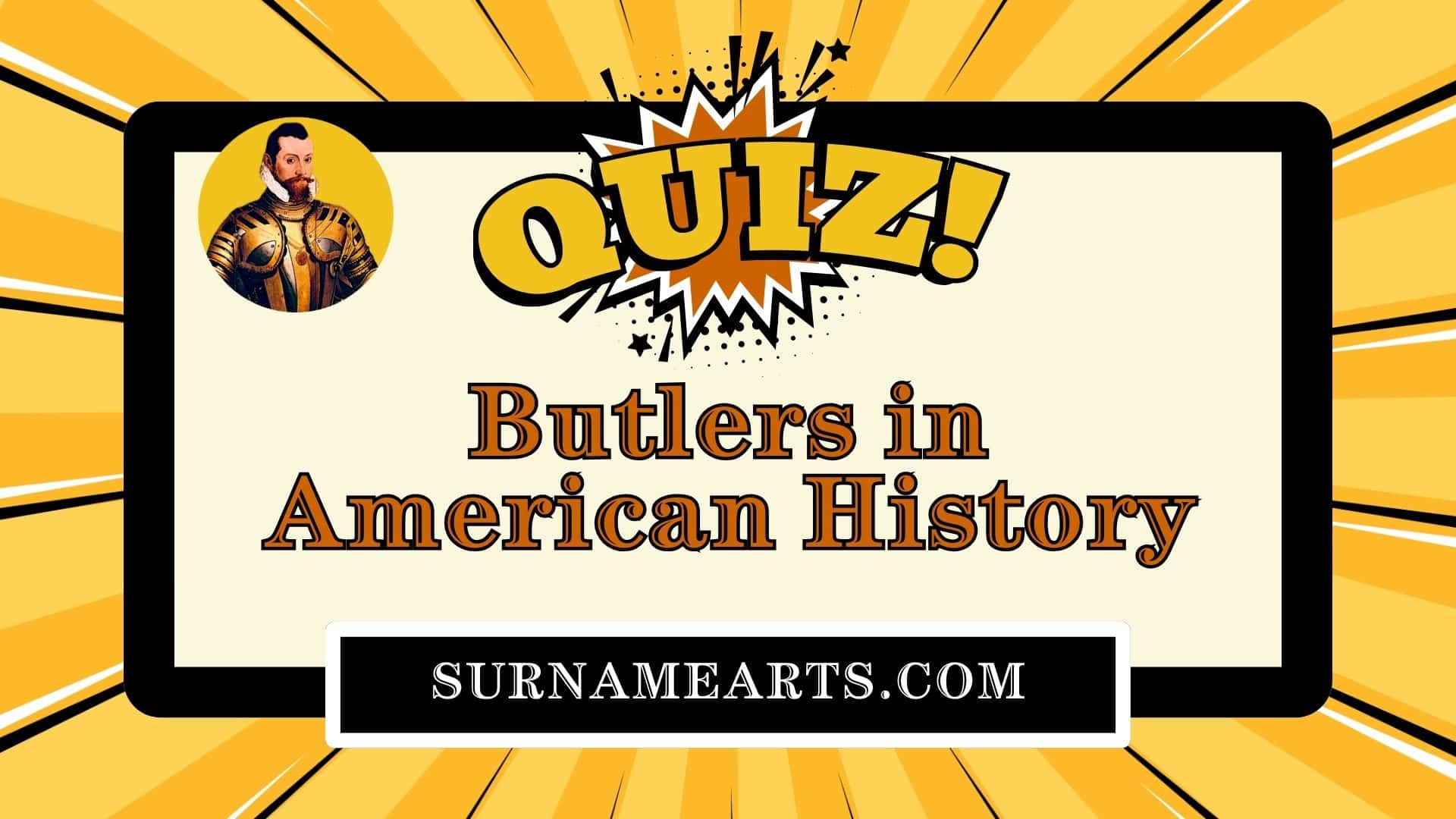The Butler and O’Kennedy families were locked in a long-standing rivalry over their competing claims to Ormond, a region that now includes parts of modern-day County Tipperary, County Kilkenny, and County Waterford. This feud significantly shaped medieval Irish politics and highlighted the complexities of Norman-Gaelic relations.
The Butlers – Earls of Ormond
The Butler family began their influential legacy with Theobald Walter, who was appointed Chief Butler of Ireland by King Henry II of England in the late 12th century. This title eventually became their family name. Theobald Walter was granted substantial lands, establishing the family’s connection to the Ormond region, which included parts of present-day County Tipperary and Kilkenny.
The Butlers quickly rose to prominence as Earls of Ormond by the early 14th century. They established Nenagh Castle as their primary stronghold and the center of their control over Ormond. They expanded their influence through strategic marriages and political alliances with other Anglo-Norman and Irish noble families.
Architecturally, they contributed significantly to the region. The Butlers built the Abbey of St. John at Nenagh and Nenagh Castle stood as a formidable structure defending their lands. The Butlers adeptly navigated the feudal political landscape, leveraging strategic marriages, military strength, and legal maneuvering.

The Butlers have historical ties to over 20 Irish castles, a testament to their influence and power across the country. In 1391, they settled into their primary residence at Kilkenny Castle, where they wielded their authority as one of Ireland’s most powerful families! 🏰
The O’Kennedys – Kings of Ormond
The O’Kennedy family (Ó Cinnéide), or Kennedys, were an influential Irish royal dynasty and a sept of the Dál gCais. Their founder, Mahon, was a nephew of High King Brian Boru. Although not directly descended from Brian Boru, the O’Kennedys could trace their lineage to his father, Cinnéide.
In the 12th century, the O’Kennedys were pressured by other septs to cross the River Shannon into Ormond, where they established themselves as Kings of Ormond. By the 1300s, they had become the region’s undisputed lords.
The family controlled several important castles in Ormond, including Nenagh Castle and Lackeen Castle. Despite their prominence, they lost considerable lands to English confiscation in the 16th century.

The O’Kennedys had an unusual twist to their identity: In medieval Ireland, the family split into three branches—O’Kennedy Fionn (blond 🟨) , O’Kennedy Donn (brown 🟫), and O’Kennedy Rua (red 🟥) —each named after the predominant hair color of that branch. This colorful distinction among the O’Kennedys added a personal and visual aspect to their identity, making it easier for allies and foes alike to recognize members of each branch during gatherings and conflicts.
The Butler-O’Kennedy Feud

The roots of the Butler-O’Kennedy feud were set in the Norman conquest and settlement of Ireland. The Butlers, who arrived as part of the Anglo-Norman invasion in the late 12th century, were granted extensive lands by Prince John, including control over the strategic Nenagh Castle. This grant placed them in immediate territorial competition with the native O’Kennedy family, who were long-established in the region as Kings of Ormond.
Initially, the two families managed a coexistence despite mutual suspicion. However, as English rule became more assertive in Ireland, the Butlers consolidated their power and were elevated to the title of Earls of Ormond. This expansion brought them into direct conflict with the O’Kennedys, who saw their own ancestral lands increasingly encroached upon by Norman settlers.
The struggle for control of Nenagh Castle, in particular, became a flashpoint. The castle, serving as the administrative seat of the Butlers, symbolized Norman rule in the region and was strategically important due to its location. In response, the O’Kennedys formed alliances with other Gaelic clans, such as the O’Briens and O’Carrolls, to resist the Butler’s domination.
The Treaty of Ormonde and O’Kennedy
In 1336, as tensions mounted between the Butlers and the O’Kennedys, James Butler, the 1st Earl of Ormond, and a representative of the O’Kennedy family convened at Nenagh Castle to negotiate peace. This treaty, known as the Treaty of Ormonde and O’Kennedy—with “Ormonde” spelled with an ‘e’ at the end—aimed to address the violence, burnings, and spoils that had plagued the region. The agreement was meant to foster cooperation, with the O’Kennedys agreeing to serve the Earl in his military campaigns. The treaty emphasized a commitment to cease hostilities, offering a glimmer of hope for peace between the rival families.
However, the peace was not to last. Despite their agreement, hostilities resumed within a decade. In 1347, the O’Kennedys allied with the O’Briens and O’Carrolls to attack Nenagh Castle, violating the treaty’s terms. The castle itself was not captured, but the town was burned, and the Butlers found themselves struggling to maintain control. The Butler-FitzGerald dispute, another prominent regional conflict, further weakened their position. The O’Kennedys took advantage of these divisions, consistently attacking the Butlers whenever they appeared vulnerable.
In 1391, the Butlers were ultimately driven out and relocated their seat of power to Kilkenny Castle. The O’Kennedys secured Nenagh Castle, maintaining control over it for more than 200 years. They solidified their rule by forming alliances and using their military strength to resist challenges.
The Treaty of Ormonde and O’Kennedy was not the only effort to resolve the dispute between the two families. Another treaty was signed in 1347 following the renewed hostilities, with both sides again seeking to establish peace. Despite these efforts, the feud persisted. The repeated attempts at peace underscore the volatile and shifting nature of Norman-Gaelic relations in medieval Ireland, where treaties often provided only a temporary reprieve in the ongoing struggle for power and control.
These cycles of conflict and reconciliation reflected the deeply rooted competition between the Butlers and O’Kennedys, driven by ambitions to dominate Ormond and other territories. The Butlers leveraged their Anglo-Norman connections and noble status, while the O’Kennedys relied on their regional alliances and native Gaelic influence. Ultimately, the Treaty of Ormonde and O’Kennedy remains a significant symbol of this historical rivalry, offering a window into the intricate political dynamics of medieval Ireland.

📜 The Treaty of Ormonde and O’Kennedy on March 5, 1336 marks the earliest known mention of the Kennedy name in recorded Irish history.
Historical Significance of the Butler-O’Kennedy Feud
The Butler-O’Kennedy feud exemplified the volatile nature of medieval Irish politics and the challenges Anglo-Normans faced in subduing Gaelic territories. This prolonged conflict highlighted the strategic alliances and fluid rivalries that characterized the Norman-Gaelic landscape, where competition for resources was intense.

Despite attempts at peace through treaties in 1336 and 1347, the deeper unresolved tensions over land and power persisted. After their expulsion from Nenagh Castle, the Butlers strategically shifted their base to Kilkenny Castle, where they remained a dominant force in Irish politics for centuries. This move illustrated their resilience and adaptability in the face of shifting political landscapes.
The O’Kennedys maintained their hold on Nenagh Castle for over 200 years, leveraging alliances and military strength. However, their influence eventually declined due to English confiscation of their lands. This decline was emblematic of the broader challenges that Gaelic lords faced as English control expanded.
The feud between the Butlers and O’Kennedys set the stage for the subsequent plantations that reshaped Ireland in the centuries following the medieval period. These plantations involved the confiscation of land from Gaelic lords, like the O’Kennedys, and its redistribution to English settlers. This policy was part of a larger strategy to extend English control over Ireland, alter its demographic and cultural landscape, and undermine the traditional Gaelic order.
Adding to the historical resonance of this feud, the Treaty of Ormonde and O’Kennedy, signed in 1336, later emerged as a symbol of Irish-American connections. In the 1960s, during a state visit to Ireland, President John F. Kennedy was presented with the original treaty. This gesture underscored the lasting importance of Irish heritage in America and highlighted the Kennedy family’s ancestral connections to the region. The treaty is now housed in the JFK Library in Massachusetts, serving as a poignant reminder of the deep historical ties between Ireland and the United States.
Recommended Reading
- Boland, Matthew. “The Ormond and O’Kennedy Treaty of 1336.” Tipperary Historical Journal, vol. 16, 1994, pp. 129-141.
- Cadhain, Pádraig. “The Kennedys of County Tipperary.” WordPress, 17 Nov. 2019.
- John F. Kennedy Presidential Library and Museum. “Treaty of Ormonde and O’Kennedy.”













